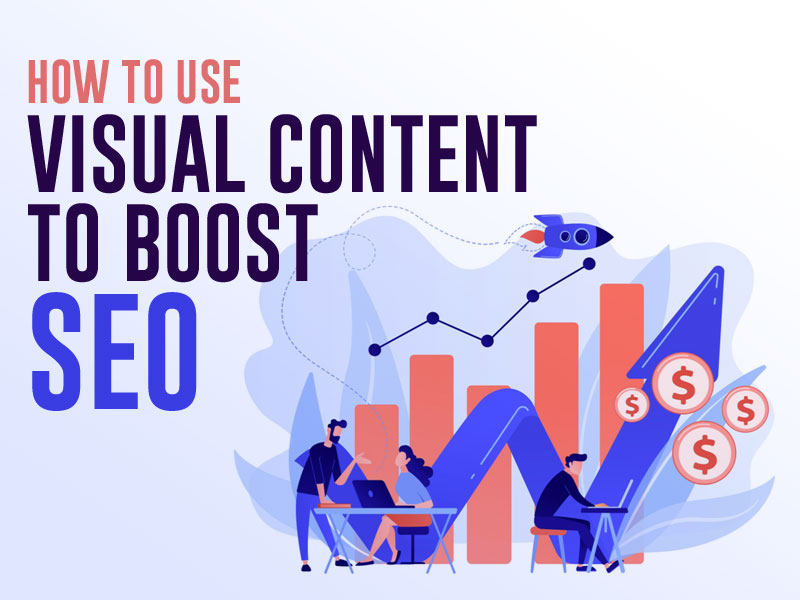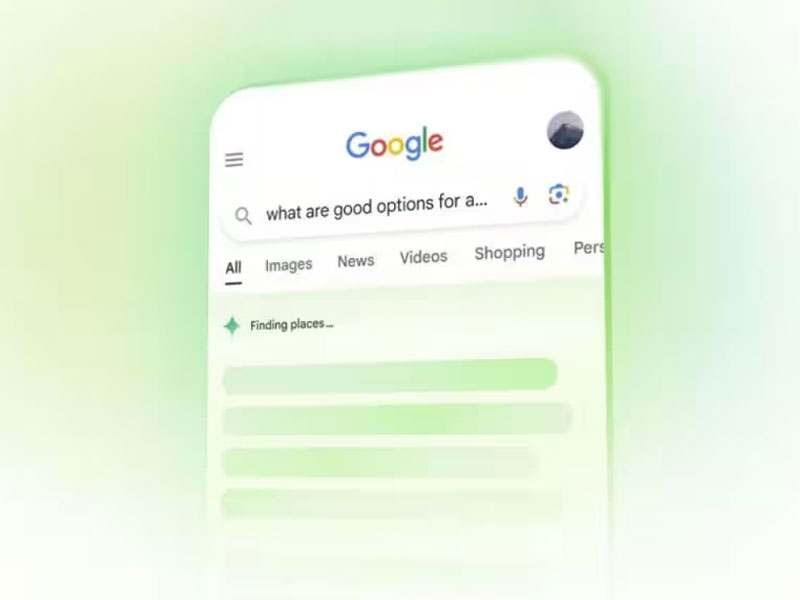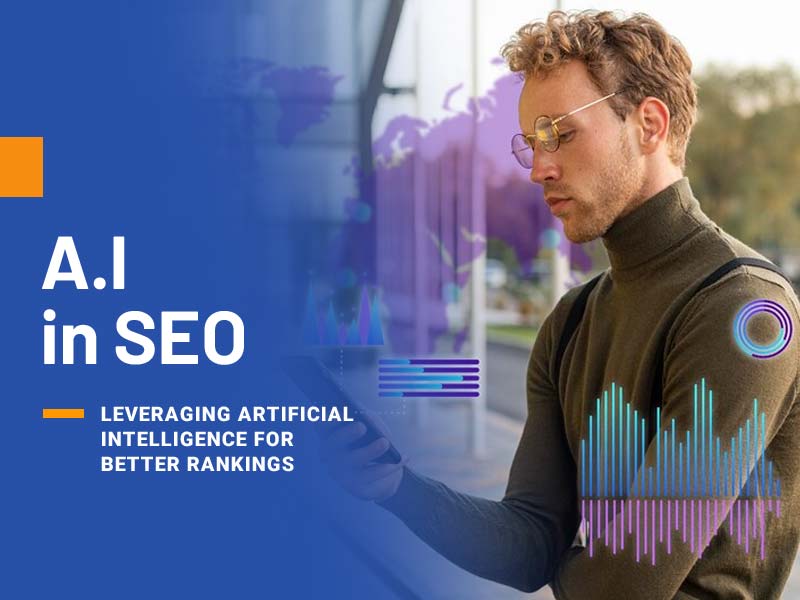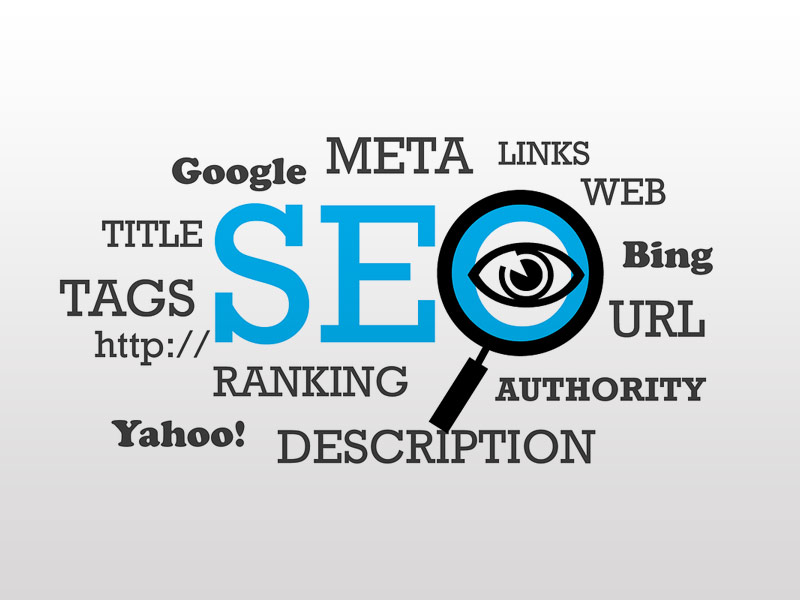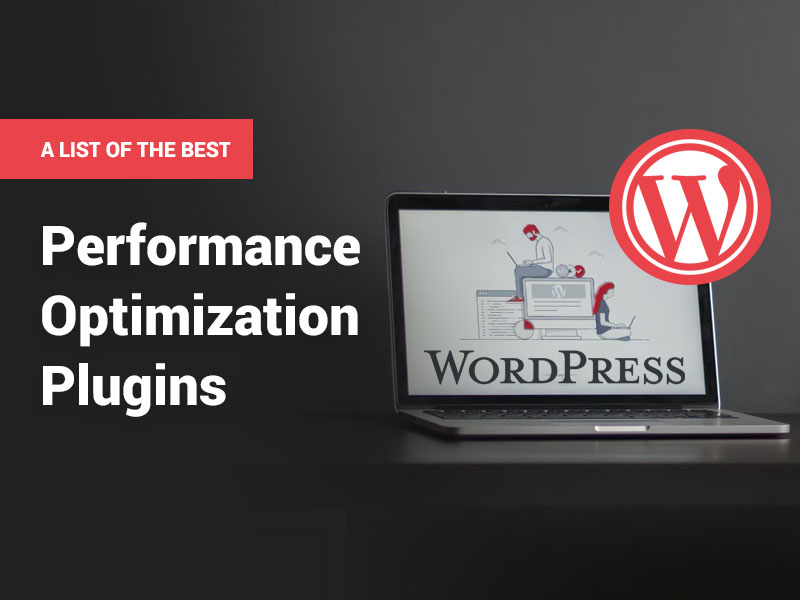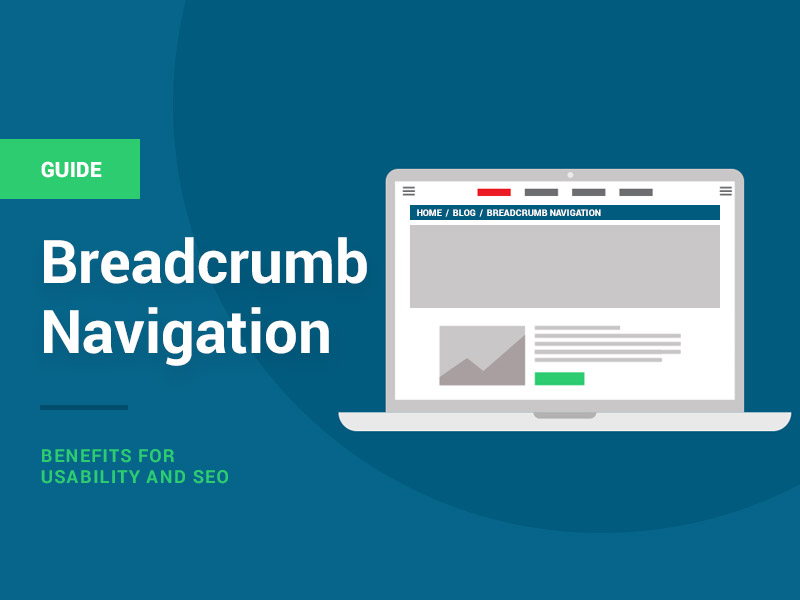Visual media is one of the most popular forms of online content. Videos, images, infographics, GIFs, animations, and memes offer brands the opportunity to tell a story through content that’s easy to consume and highly appealing.
According to expert Alex Lysak, visual media has the potential to boost your search rank and give you an edge over the competition. That’s why many agencies, from marketing companies like Scanteam, to affiliate platforms, use visual media to improve their and their clients’ SEO. However, it’s critical to understand how to use the content correctly to achieve results.
In this article, you’ll learn more about how visual content can improve your search engine optimization.
The SEO Benefits of Using Visual Content
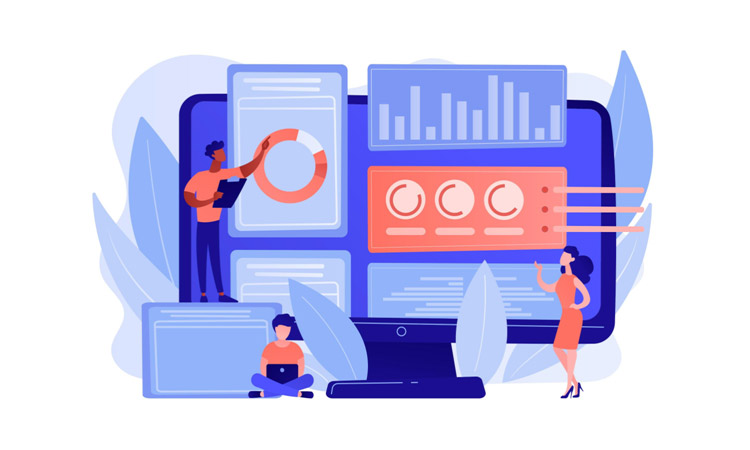
One of the most common SEO issues is that people optimize their text-based content without paying the same attention to their visual media.
For many, videos and images are a way to enhance written posts adding no additional value beyond an improved appearance. However, optimized visual content can have a significant impact on your overall SEO rank.
Visual content has many SEO benefits, both directly and indirectly.
Time on Page
After Google implemented Rankbrain into its algorithm in 2015, studies have shown that there is a correlation between a site’s ranking and how much time visitors spend browsing it. Visual content in general, and video especially, gets users to stick around longer.
As people spend more time on the website, the odds of achieving a higher SEO score and search rank improve.
Attracts Quality Links
Quality backlinks have been a part of the backbone of most SEO strategies. It’s one of the top factors that influence search ranks. However, gaining backlinks is one of the biggest SEO challenges that publishers and content experts face. It’s a time-consuming and complex component of any optimization strategy.
Optimized visual content can be a backlink goldmine for your website. It’s an effective and organic strategy that revolves around high-quality visual content.
First, you must create valuable, top-notch unique media to add to your site. As it indexes the images and videos, others will use them while linking back to you.
Improves Social Reach
According to Cognitive SEO, increased social activity can improve a website’s credibility, click-through rate, and search ranking. You can improve engagement rates with your followers and increase the number of shares a post receives with visual content. You’ll then receive more backlinks and users visiting your website.
How to Use Visual Media to Boost SEO
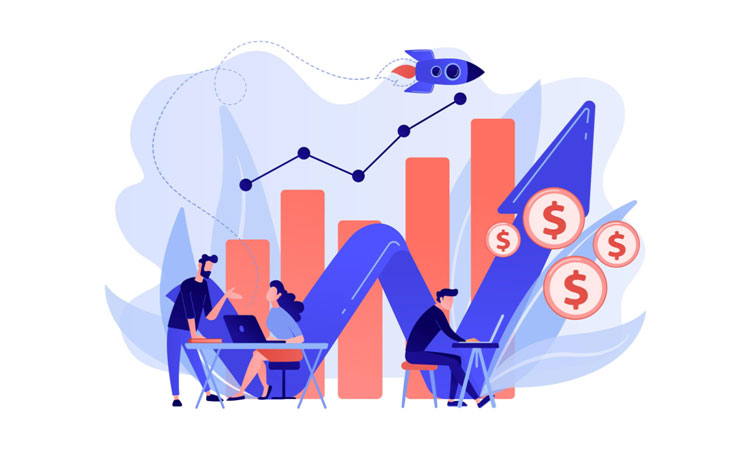
In the section above, we described how visual media naturally enhances your SEO. Below, you’ll learn more about actively using and optimizing this type of content to improve your ranking.
Optimize Everything
One of the most common SEO challenges that publishers face is understanding how to optimize images and visual content. Specific information enables search engines, like Google, to read, catalog, and display your media.
When adding images or videos to your site, ensure that you always include:
- The title tag: The SEO title of the image or video.
- Alt tags: Displayed instead of the image if a problem occurs. It should contain the SEO keyword if appropriate.
- Description: A brief description of the image or video.
- Optimized URL: The file name should include the keyword as it forms part of the link. It allows search engines to understand the visual content better.
- Captions: A short, relevant statement beneath the image that enhances image SEO and user experience.
You can also use these tips to learn how to fix SEO issues on your existing images. It’s a good idea to retroactively optimize those as well.
Infographics and Text Content
One of the most common problems faced in SEO for infographics is a lack of accompanying information. Even if you’ve optimized the tags for your infographic, posting the image without adding text is poor practice.
While the image might rank well, the page URL won’t experience the same results. Search engines can’t determine where to place your page among competing websites without valuable written content. Here, the lack of text takes away from the SEO boosting effect the infographic may have had.
Identify Linking Opportunities
As mentioned earlier, if you’re consistently creating, optimizing, and using high-quality and valuable images on your website, others have likely started to find and use them. However, not everyone will provide a backlink and credit to you for creating the content.
Luckily, you can use Google’s reverse image search capability to find where your visual content is being used. You can reach out to any high-ranking, reputable websites and politely request a backlink to the original work or ask them to remove your intellectual property. In most cases they’ll happily add in the link rather than search for replacement media.
Keep in mind that you might also find spam sites linking to your work. In that case, you might want to request that they remove your content and any links to your website.
Check File Sizes
There are many complex SEO issues, but content loading time is a significant issue that’s relatively easy to address.
Site and page loading speed has been a search ranking factor since 2010. Google acknowledges that it’s a critical factor in creating a positive user experience. Consequently, the search engine is more likely to rank your website and content more highly if your content loads quickly.
Not only are search engines more likely to rank your website if it’s well designed and loads quickly, but you’ll also have a lower visitor bounce rate.
Various online tools can help you shrink the file size of visual content for your website or social media. You should also:
- Use smaller images where possible
- Compress media for online use
- Use the correct file format
- Embed videos from YouTube wherever possible
Keep in mind that fast loading times won’t improve your rank if you don’t have properly optimized and valuable content. However, optimized visual media will help enhance and boost your SEO rank.
Video and Image Sitemaps
XML sitemaps are one of the most misunderstood tools for search engine optimization. Unfortunately, the lack of video and image sitemaps are also one of the most common problems with SEO that websites and online publishers experience.
These files help Google discover and index images and videos that it might not have found otherwise. Resultantly, it’s easier for the engine to rank and display your visual content in search results. Platforms like WordPress and Yoast can generate sitemaps automatically.
If you don’t use a system that automatically generations your sitemaps, you may want to learn how to fix technical SEO issues like this. There are also online tools available that can generate the files for you automatically.
Repurposed Content
A text-heavy blog post, presentation, or e-book can be repurposed into visual content and posted again. Frequent, consistent updates are critical components of modern SEO, but creating new content can take a lot of time and effort.
Strategic publishing involves repurposing and reposting existing text-based information as visual media such as infographics, PowerPoint slides, and videos. Not only does it allow you to generate more content, but it also increases your odds of appearing in search results.
The Final Word
Visual media is a critical part of any content strategy. However, they must be optimized appropriately to enhance and boost your SEO.
